Photojournalism in Armenia was founded in 1920s and one of the spearheads of this activity was Nemrut Baghdasaryan. He was one of the first photographers who had placed photos in the newspapers. Heretofore the images in these newspapers were done by hand, however they were not able to have the same impact on a reader as the photo was able to.
Nemrut Baghdasaryan has a considerable contribution in the establishment and development of photojournalism and photography in Armenia.
Nemruthas become familiar with the photography for the first time in 1920s when he accidently saw a man making photos in the street. In this period the photography was still making its way in Armenia and photo camera evidently was a novation. This episode kindled his interest in photography and soon after he did his first steps in photography. He made his first photos in place where Shahumyan’s monument was placed before, near Russian church. In this period many street photographers had appeared and Nemrut was one of them.
Nemrut Baghdasaryan was the only photographer who gainedtitle of the honored art worker of ASSR (Armenian Soviet Socialistic Republic). His legacy was continued his sons- Herbert, Gagik and MelikBaghdasaryans[1].
Nemrut has used different photo cameras like Фохтландер, Linhof, Nikon, Mamiya. He was the kind of photographers who were working on their photos after making them. He was doing relevant regulations when the photos were going through chemical elaboration. If nowadays this work is easy due to photoshop and other computer programs which cut and illuminate a photo in minutes, in times when Nemrut Baghdasaryan was working a lot of skills and efforts were required from the photographer to do these kind of activites. A good example of this is the photo done at the opening of Stalin’s monument in Yerevan (photo1). The opening of this statue tookplace on December 21th in 1950. It was usually foggy in December at the Park of Victory in Yerevan and naturally it was impossible to make a photo of the statue from this height without any interference.His son told that Nemrut had made photos of the statueeven earlier starting from November several times (the statue was raised earlier, before the official opening ceremony) and by juxtaposing the photo done at the opening day with the one done earlier he has received a final result.
During chemical collaboration he covered the source of light by his hand and was able to give desired effects to this photo. It is a quite complex process which indicates the skillfulness of the photographer. For giving his photos the final shape he sometimes applied to alteration of the photos’ sizes by delineating the photo, then cutting it off (photo 1,1). In 1920s Nemrut Baghdasaryanbegan photographing Yerevan, due to these photos the soul of those days have conveyed to us. These photos depict architectural buildings with their whole attractiveness. Taking into account that he has always had limited quantity of shots it is really impressive what kind of patience and ingenuity the photographer has shown.Each building is seen as a flight of architectural fancy and is represented in its wholeness including the landscape.
It is reasonable to call a series of Baghdasaryan’s photos “In a moment of creation”. These photos represent the moment of creation of buildings, sculptures and even ideas. The photo of three architects (photo2) is done during the discussion over some project planned in Yerevan. The harmonic layout of the objects is clearly visible in the photo. Nemrut has always attempted to create a relevant atmosphere, a meaningful background. Even the position of the chair helps to perceive the whole composition properly.
There are interesting photos from this series like the photos of reconstruction of Garni temple where only by looking through several photos one can become familiar with the whole process of the reconstruction (photo 3,4,5). Another curious photo can be called “ The first water of Erebuni” (photo 6). There is the famous Erebuni museum in the background which indicates the place of the ongoing event. The pipe with a gushing water is in the center of the composition which is the main cause of the event and finallythe joyful people who gathered around a spurting water.
Nemrut’s photos are significant in sense of a historical documentation. One of photos images the construction of Zvartnots airport (photo 7), nowadays when the building faces the threat of destruction it becomes more plausible that coming generations would be able to become familiar with this beautiful and extraordinary architectural building through this photo.Another interesting photo of this kind represents the workers (photo 8), symmetric iron details at the building area create a beautiful background for two workers.
The next series represents probably Nemrut’s most interesting works. If the previous series of photos are geared to fix the current moment, in this series the photographer compels the viewer to contemplate. These photos are characterized with philosophical mood. For instance, the pair of hands on the cracked ground and the production of the motherland in the form of grapes (photo13). The latter Vahan Qochar calls “Gain”. The same composition have the next three photos (photo 14,15,16).
Nemrut Baghdasaryan has made portraits of the famous people as well, likewise Martiros Saryan (photo 17), Viktor Hambardzumyan (photo 18), Ara Sargsyan, Ara Harutiunyan, etc. He was in close relationships with the intellectual élite of his time.
Nemrut is a great master of documenting the historical events. He photographed Indira Gandhiwhen she had visited Armenia (photo 19). Another historical photo depicts the meeting of Vazgen I Catholicos of All Armenians and the minister of culture of USSR (photo 20).
The photos made during different performances are also quite impressive (photo 21). They are full of dynamics and slight rhythm. It seems that the photographer tried to hunt an impeccable shot. How concentrated and skillful the photographer should be that by having an opportunity to do only several photos he manages to fix the most expressive moment of the movement.
Therefore, it should be argued that photos of Nemrut Baghdasaryan have their special place in the history of Armenian photography as a lasting value. Undoubtedly, his merit in the development of Armenian photography is significant and appreciable.




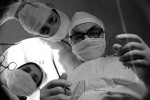
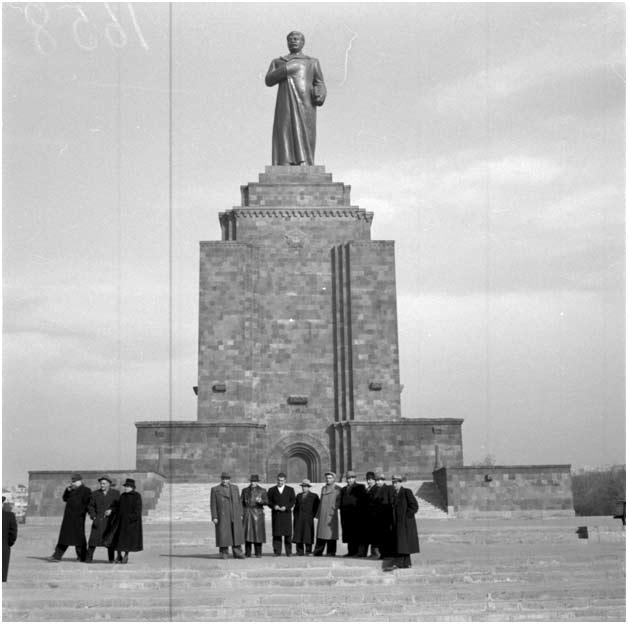
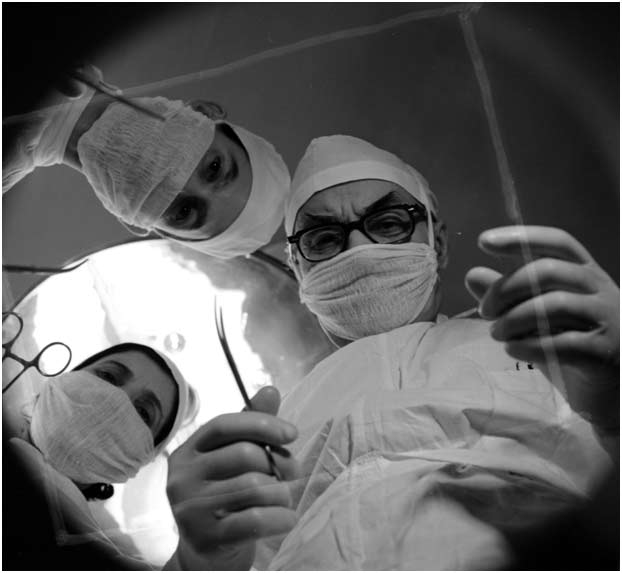
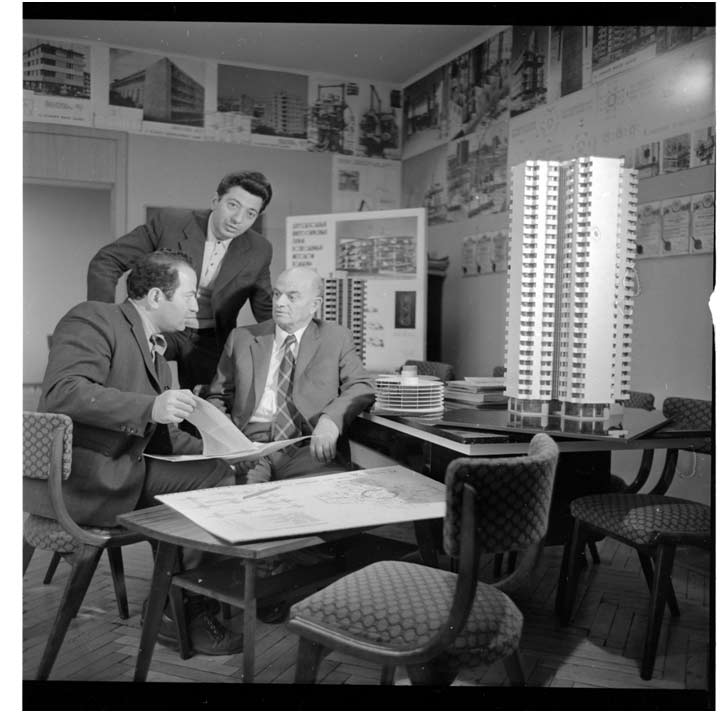


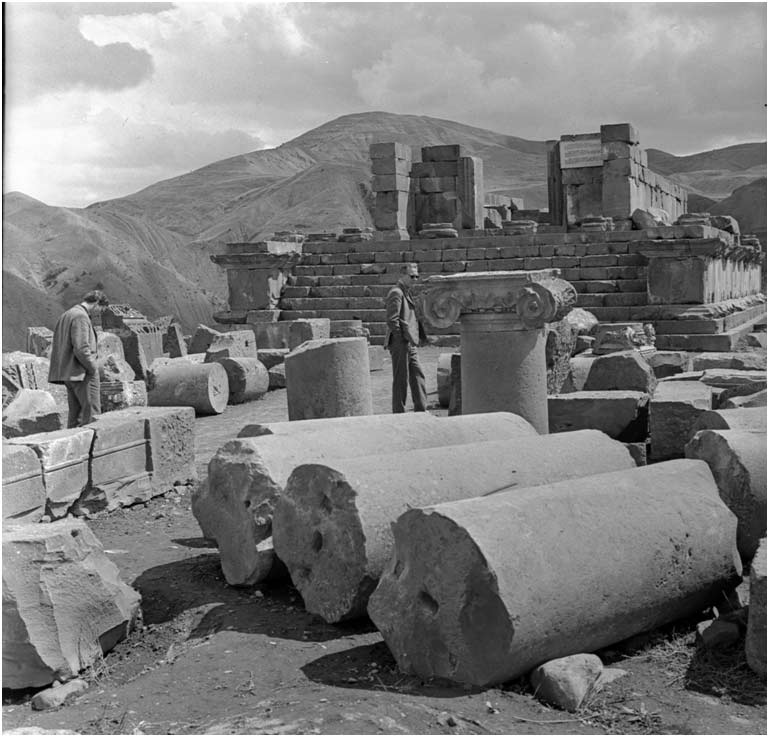
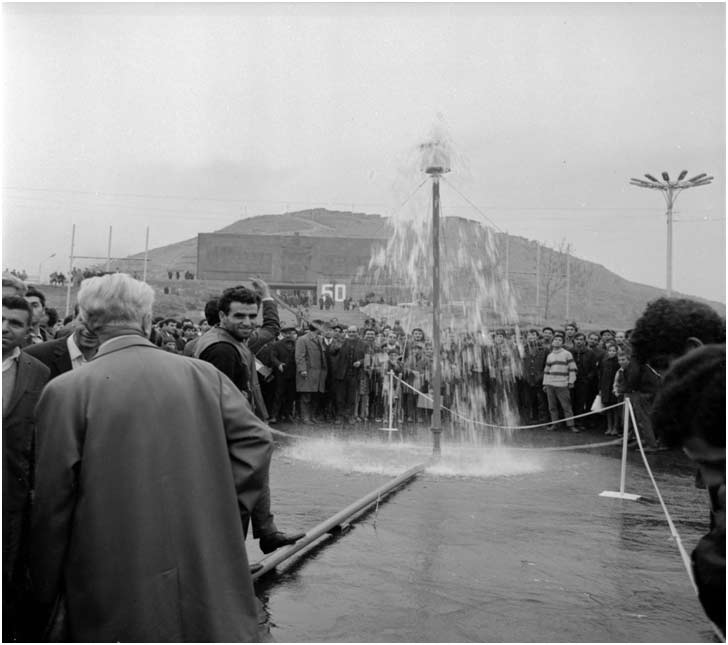
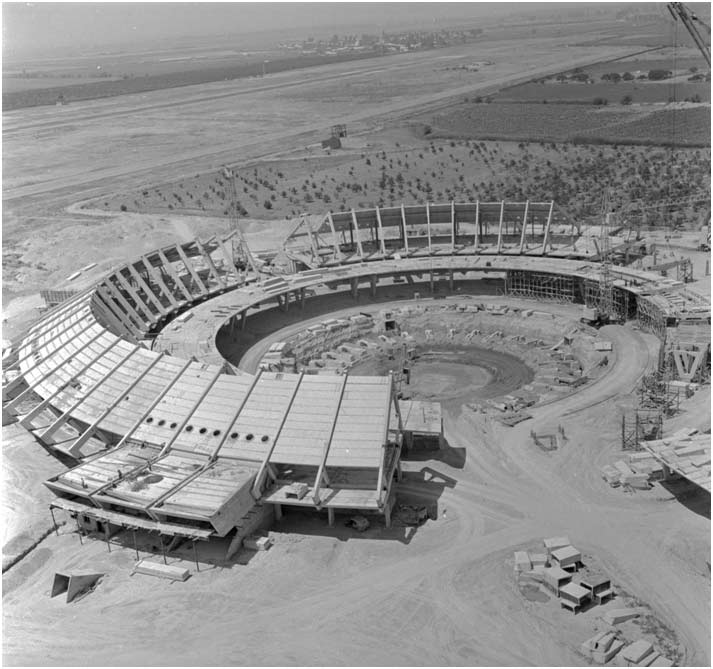





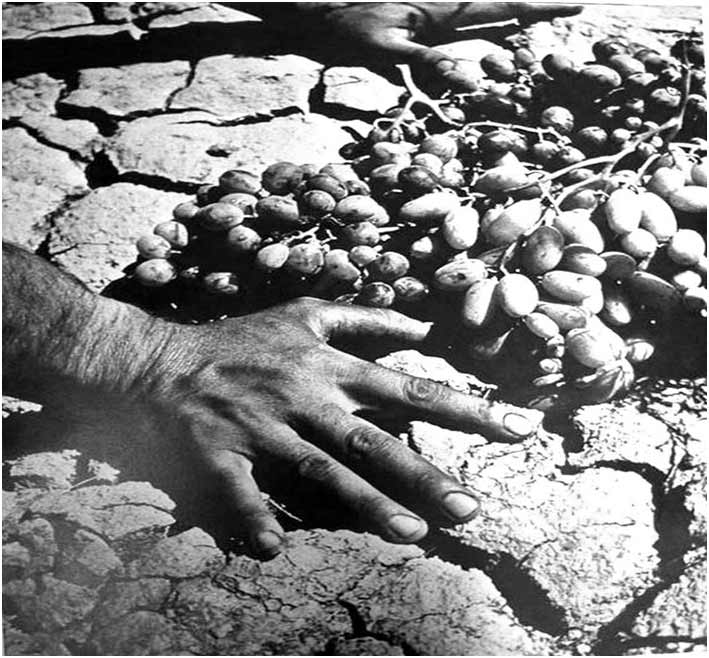
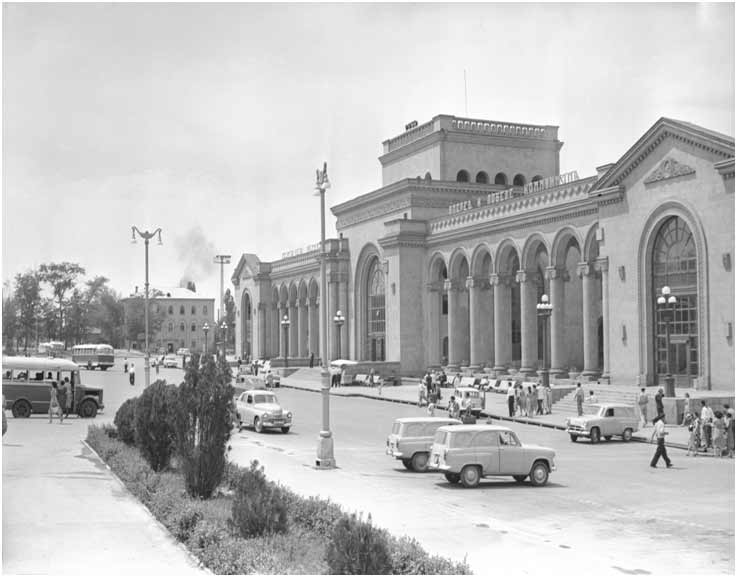

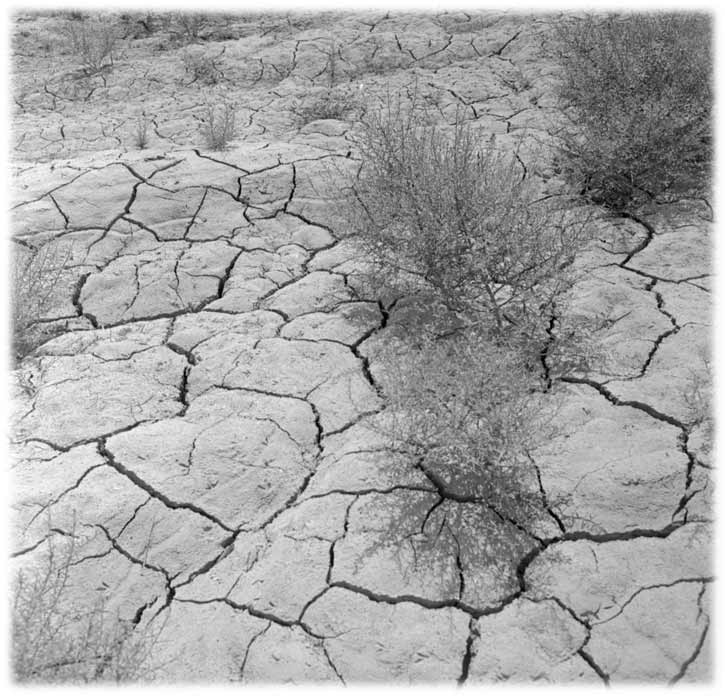
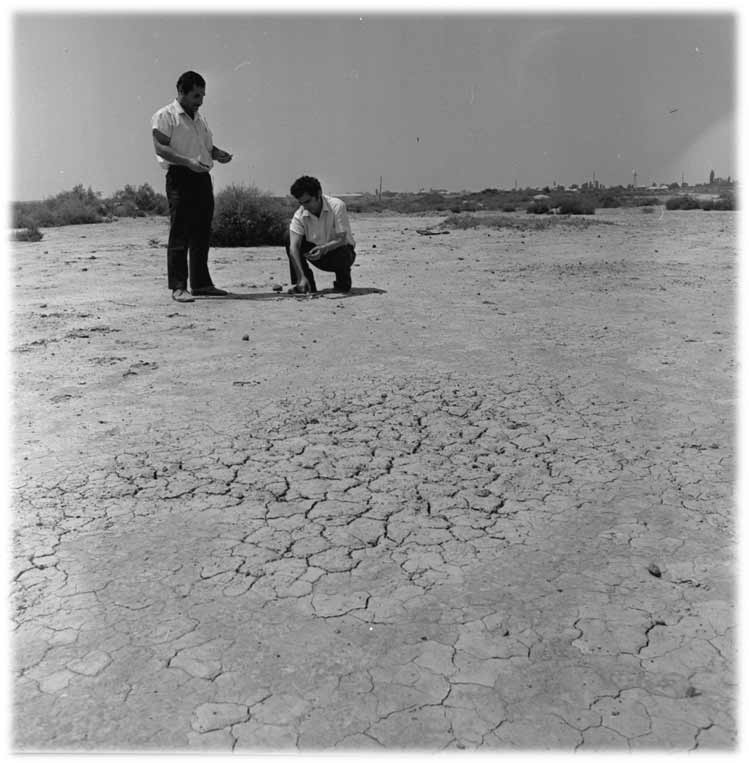

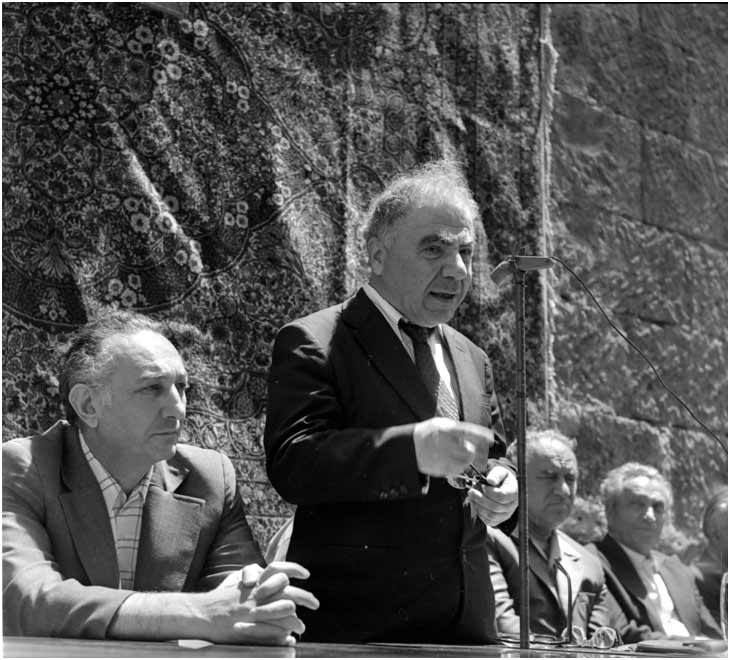
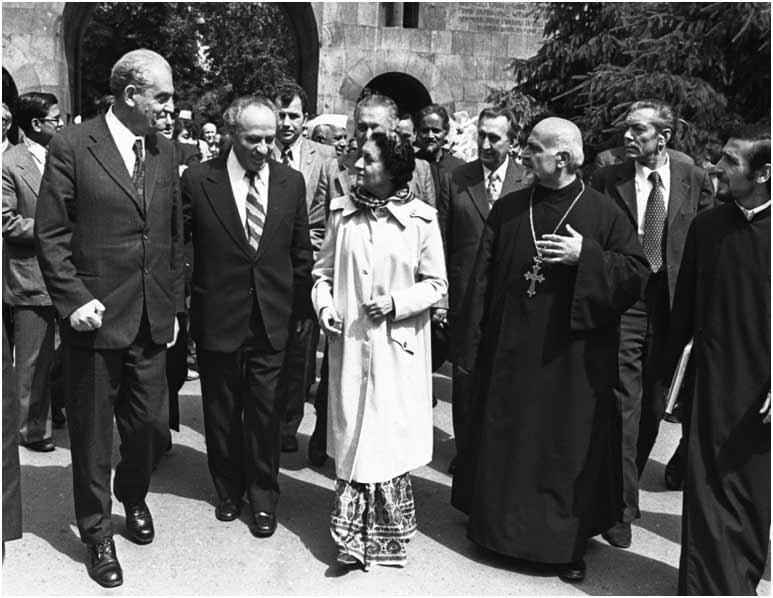

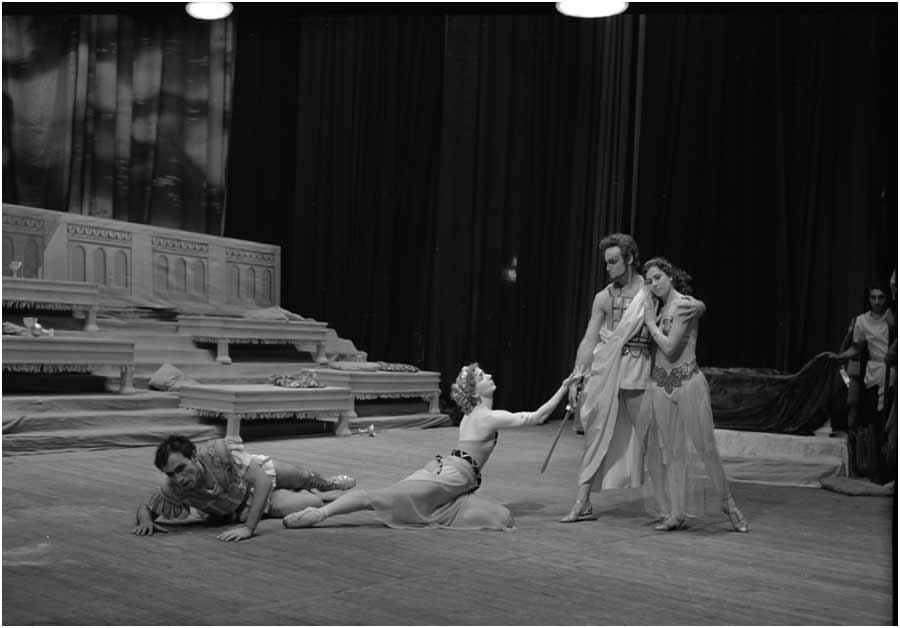
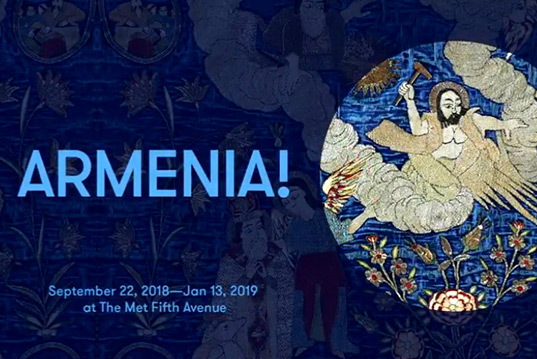

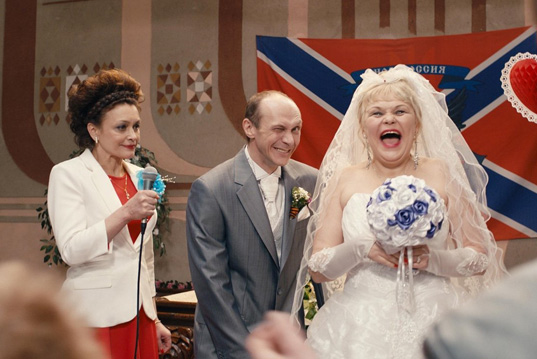
Leave a Reply